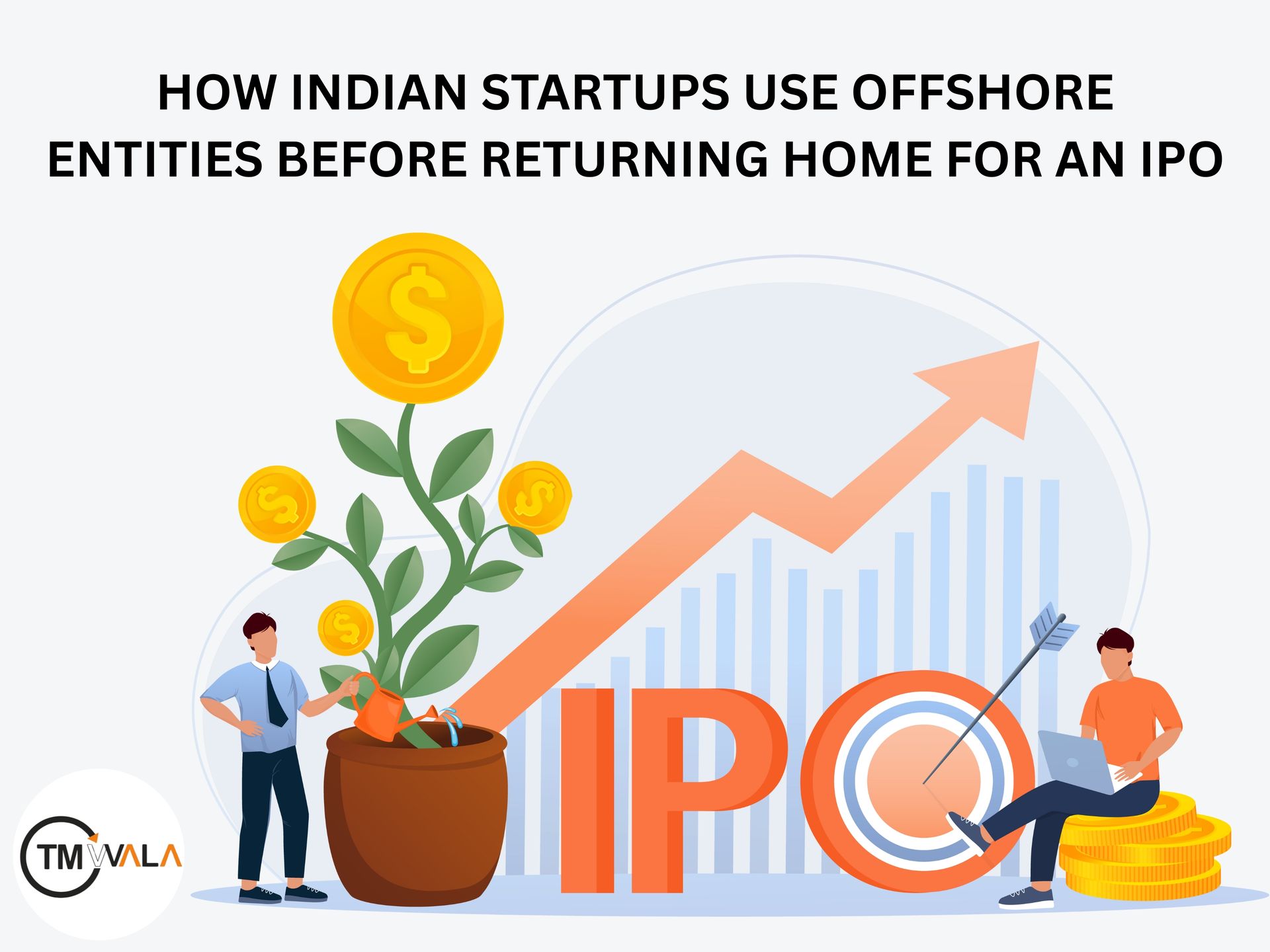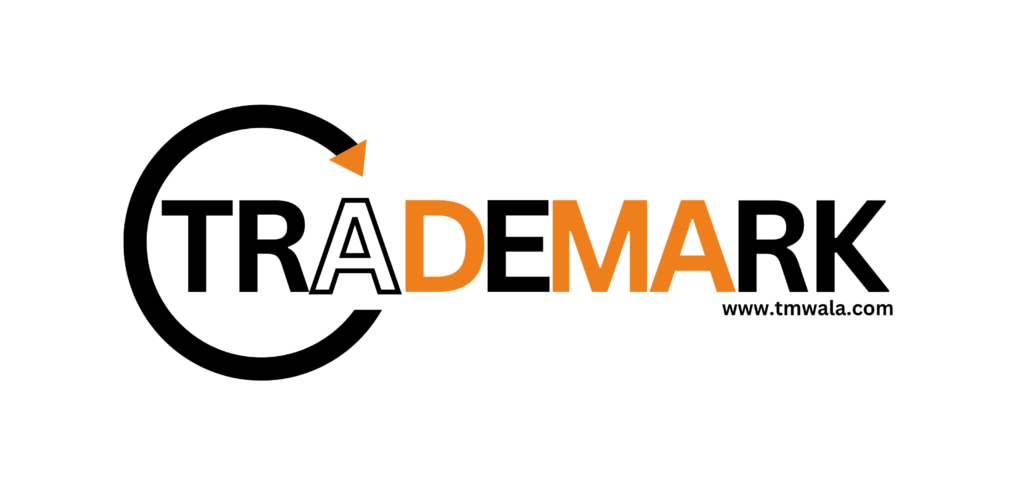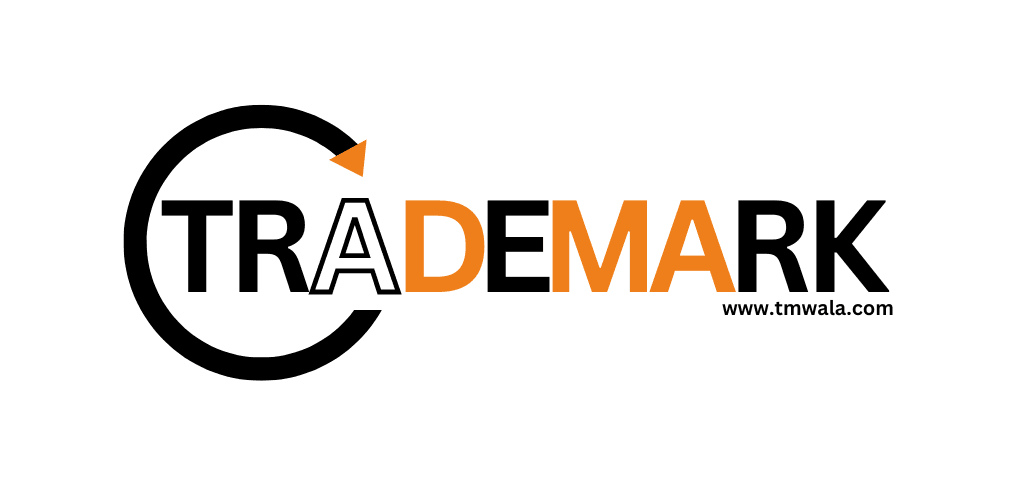
INTRODUCTION
The past decade has marked a significant evolution in the Indian startup ecosystem, which now stands as the third largest in the world. With over 100,000 startups and more than 100 unicorns, Indian startups are increasingly competing on the global stage. In their early stages, many founders chose to incorporate offshoremainly in jurisdictions like Delaware or DIFCto attract international investors, simplify compliance, and access global capital.
However, this trend is gradually shifting. As SEBI IPO guidelines become more startup-friendly and Indian stock markets experience record retail participation, a growing number of companies are now choosing to reverse-flip and establish a more straightforward onshore company structure in India. This is especially relevant for those preparing for an IPO in India, where regulatory clarity and investor interest are stronger than ever.
This article explores why startups incorporate offshore, the emerging trend of onshoring, how regulatory reforms are enabling this shift, and ultimately, how to take a company public in Indiacovering the advantages, trade-offs, and latest developments shaping the future of Indian entrepreneurship.
India is the third-largest startup ecosystem globally, with over 100,000 startups and more than 100 unicorns. Early-stage startups often incorporated offshore (in Delaware or DIFC) to attract global investors and simplify compliance.
However, with SEBI IPO guidelines becoming more startup-friendly and Indian stock markets seeing record participation, many startups are now reverse-flipping back to India.
In 2024, Ernst and Young reported a preference from their clients for a simply structured Indian entity, reflecting the ecosystem’s maturity and growing global investor confidence in onshore models.
TMWala supports startups through this transition, offering tailored legal, structuring, and compliance services that make reverse-flipping and domestic expansion smoother and more efficient.
Many Indian entrepreneurs in their early stages choose to incorporate as holding companies offshore, leaving the Indian entity as a wholly owned subsidiary. This tactic is motivated by multiple factors:
The increasingly startup-friendly SEBI IPO standards must be followed by startups wishing to go public in India. The usual path consists of:
For businesses looking to raise capital from Middle Eastern and international investors, DIFC offers a strategic substitute for Delaware. It is becoming more popular because:
In order to get ready for their Indian IPOs, a number of well-known businesses have already flipped their offshore structures. While some companies, like Pine Labs and Razorpay, are still going through the process, others, like PhonePe, Groww, and Pepperfry, have finished their migrations. Similar actions are apparently being considered by companies such as Clevertap, Meesho, Kreditbee, Eruditus, Zepto, Flipkart, and Khatabook.
Despite high costs, the reverse flip is gaining momentum:
The majority of Ernst & Young’s startup clients, according to a 2020 report, favoured holding companies with headquarters in Singapore or the US, with an Indian subsidiary managing operations that were predominantly conducted in India. However, that desire has changed by 2024:
Ernst and Young stated in 2024 that their clients preferred an Indian entity with a straightforward structure, which also appears to be preferred by authorities. Additionally, according to industry reports, when it comes to important operating permits, like those required in the fintech sector, the RBI and other regulators favour domestic companies over their international counterparts.
ROLE OF REGULATORY REFORMS AND ONSHORING
The Merger Rules amendment is a component of a larger wave of legislative changes intended to entice companies to relocate back to India. Key shifts include:
Regulators are seeking to further streamline the procedure in order to facilitate onshoring. In a paper titled “Onshoring Indian innovation to GIFT IFSC,” the International Financial Services Centres Authority outlined the necessary policy adjustments to facilitate relocation. These consist of:
The landscape for Indian startups is rapidly maturing, with global investor confidence now extending beyond offshore holding structures to favour more straightforward, locally incorporated entities. The evolving Indian startup ecosystem, supported by policy reforms and record market participation, is creating strong incentives for companies to return home through reverse flips.
Thanks to increasingly favourable SEBI IPO guidelines, startups are finding it easier to prepare for an IPO in India, where domestic capital markets offer not just liquidity but also higher valuations. Regulatory bodies like SEBI, RBI, and the Ministry of Corporate Affairs are also encouraging this transition by simplifying compliance, improving M&A frameworks, and facilitating re-domiciliation.
While offshore incorporation once provided a strategic edge in attracting capital, the balance is now shifting. The offshore vs onshore company debate is no longer about compliance alone’s about strategic alignment with future growth, public market access, and long-term value creation.
For ambitious founders and their investors, understanding how to take a company public in India has become more crucial than ever. With the right structure, timing, and regulatory alignment, Indian startups can now dream of going global while staying rooted at home.
With expertise in cross-border structuring, compliance, and IPO readiness, TMWala empowers startups to navigate these complex transitions smoothly.
Get started instantly

TMWala
Your one stop shop for all your business registration and compliance needs.
Choose your Entity Type
Non-MSME/ Large Entitie
Individual/ MSME/ Sole Proprietorships

₹9,000.00 Original price was: ₹9,000.00.₹3,999.00Current price is: ₹3,999.00.
Trademark Application @ ₹3999* (Premium Discounted Plan for MSME/Individual/Sole Proprietorships) Comprehensive
Government Fees
₹4500/-

₹9,000.00 Original price was: ₹9,000.00.₹3,999.00Current price is: ₹3,999.00.
Trademark Application @ ₹3999* (Premium Discounted Plan for Non-MSMEs/Large Entities) Comprehensive
Government Fees
₹9000/-
Choose your Entity Type
Individual/ MSME/ Sole Proprietorships
Non-MSME/ Large Entities
₹3,500.00 Original price was: ₹3,500.00.₹1,999.00Current price is: ₹1,999.00.
Government Fees
₹4500/-
₹3,500.00 Original price was: ₹3,500.00.₹1,999.00Current price is: ₹1,999.00.
Government Fees
₹9000/-
Choose your Entity Type
Individual/ MSME/ Sole Proprietorships
Non-MSME/ Large Entities

₹1,500.00 Original price was: ₹1,500.00.₹999.00Current price is: ₹999.00.
Trademark Application @ ₹999* (Basic Discounted Plan for MSME/Individual/Sole Proprietorships) Best-Selling, Economical & Easy

₹1,500.00 Original price was: ₹1,500.00.₹999.00Current price is: ₹999.00.
Trademark Application @ ₹999* (Basic Discounted Plan for Non-MSMEs/Large Entities) Best-Selling, Economical, Quick and Easy